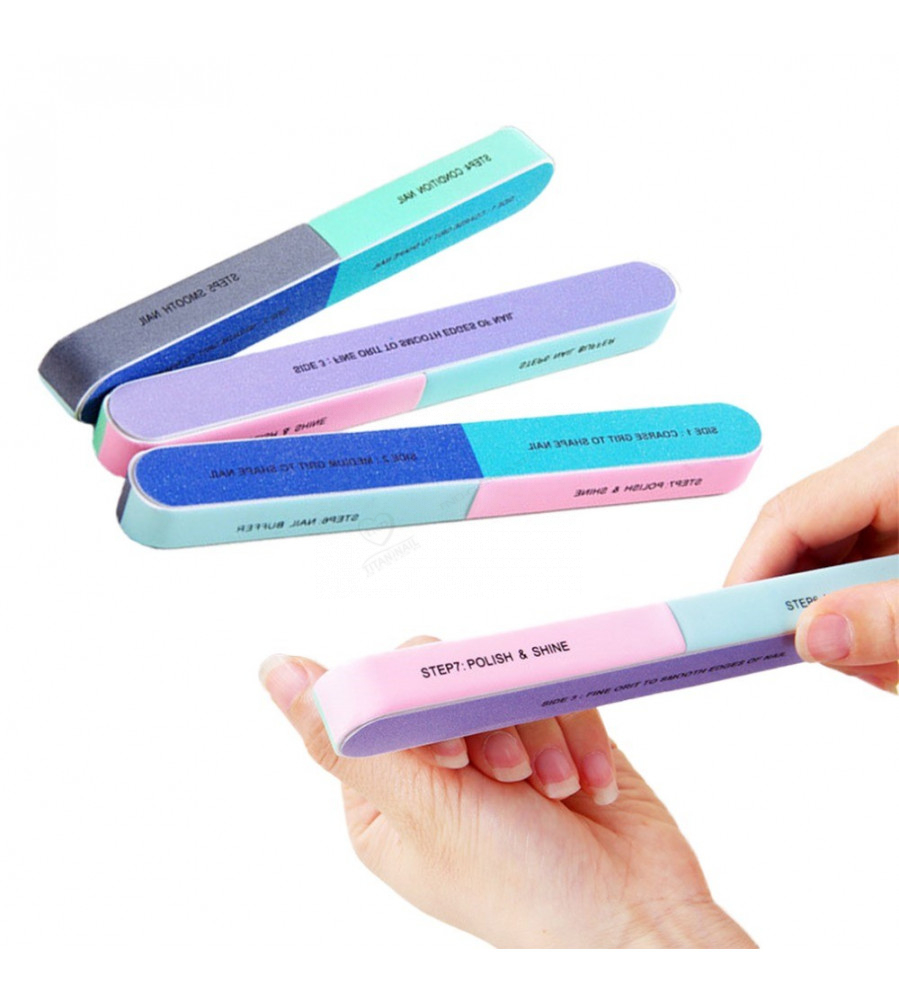



Best-selling smoothing block
Professional application of artificial nails
Removes final scratches on extensions
To be used before buffing
Use the best-selling smoothing block in your salon for nail extensions, overlays and finishing.
Salon Services White Block 240 Grit is used by professionals to remove the final scratches from nail extensions prior to buffing.
 ORDER TEL. +48 515 494 165
ORDER TEL. +48 515 494 165
 SHIPPING TIME 24H
SHIPPING TIME 24H
Different Types Of Nail Files
The most crucial factor to know regarding files may be the term "grit." Much like sandpaper, a nail file's surface is known as its "grit," with the the amount of abrasive grain particles that can fit into a square inch.
The grit number informs you whether the file is fine or coarse, and therefore how rough or gentle it will likely be to your nails. The lower the number, the harsher the file is going to be—and also the more damage it may cause towards your natural nail.
So a 400 grit file has far more particles than an 80 grit file.
The Nitty Gritty
Here is a quick rundown of a few grit levels:
NOT SAFE FOR NATURAL NAILS
80 grit: This is extremely coarse and should NEVER be used on natural fingernails. Some could use this on artificial nails but even so, it's still a tad too rough.
100 grit: This as well, is a rough file. 100 grit can safely be utilized on artificial nails only.
SAFE FOR NATURAL NAILS
180 grit: This is actually the lowest grit appropriate for natural nails. If your nails are damaged or vulnerable to damage, you might like to choose a finer grit file. I use the 180 grit on my own nails to file them down.
240 grit: This is a softer grit file and is frequently used to obtain a smooth finish or buffing artificial nails.
500 grit: A file with this grit is extremely soft and usually only used to polish the surface of acrylic or gel nails. This is a great nail file for one last swipe against the edge of your natural nails to remove any burrs caused by stronger filing with the 180 grit file.